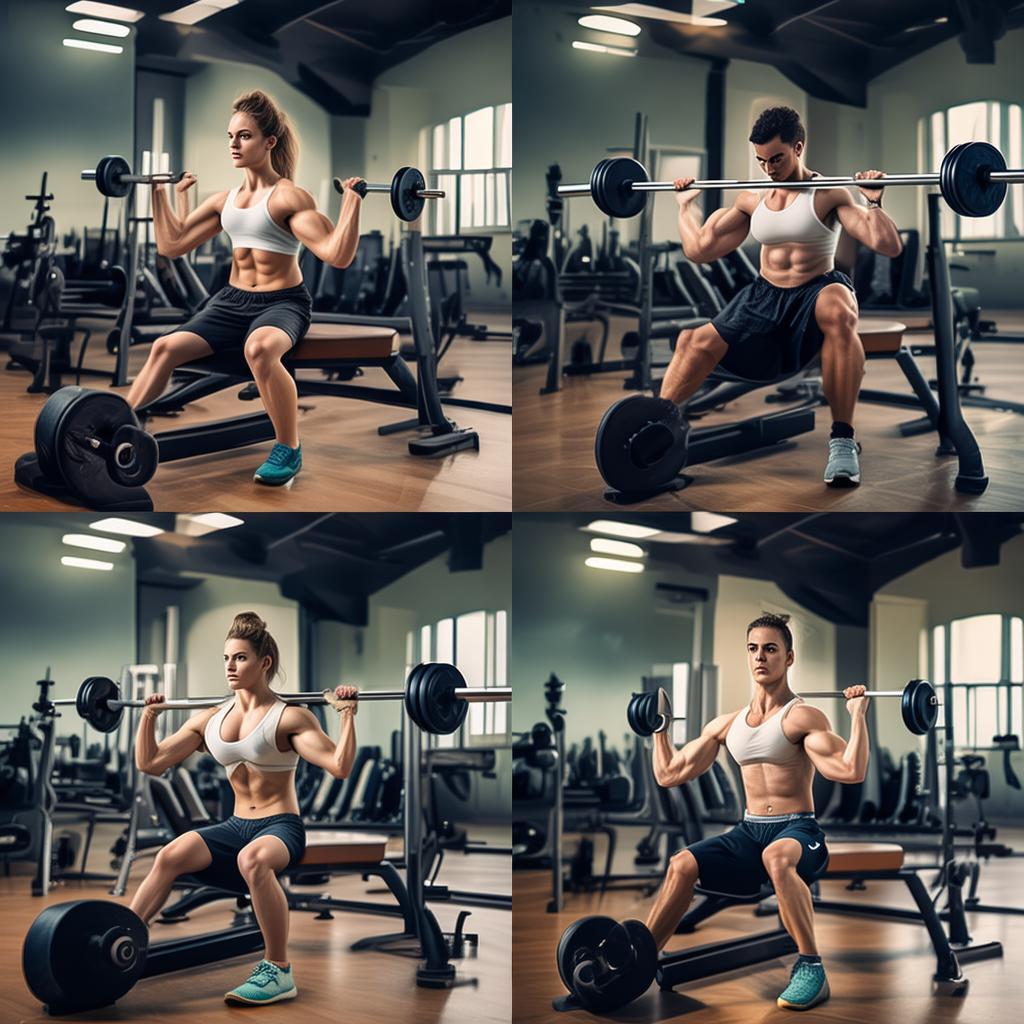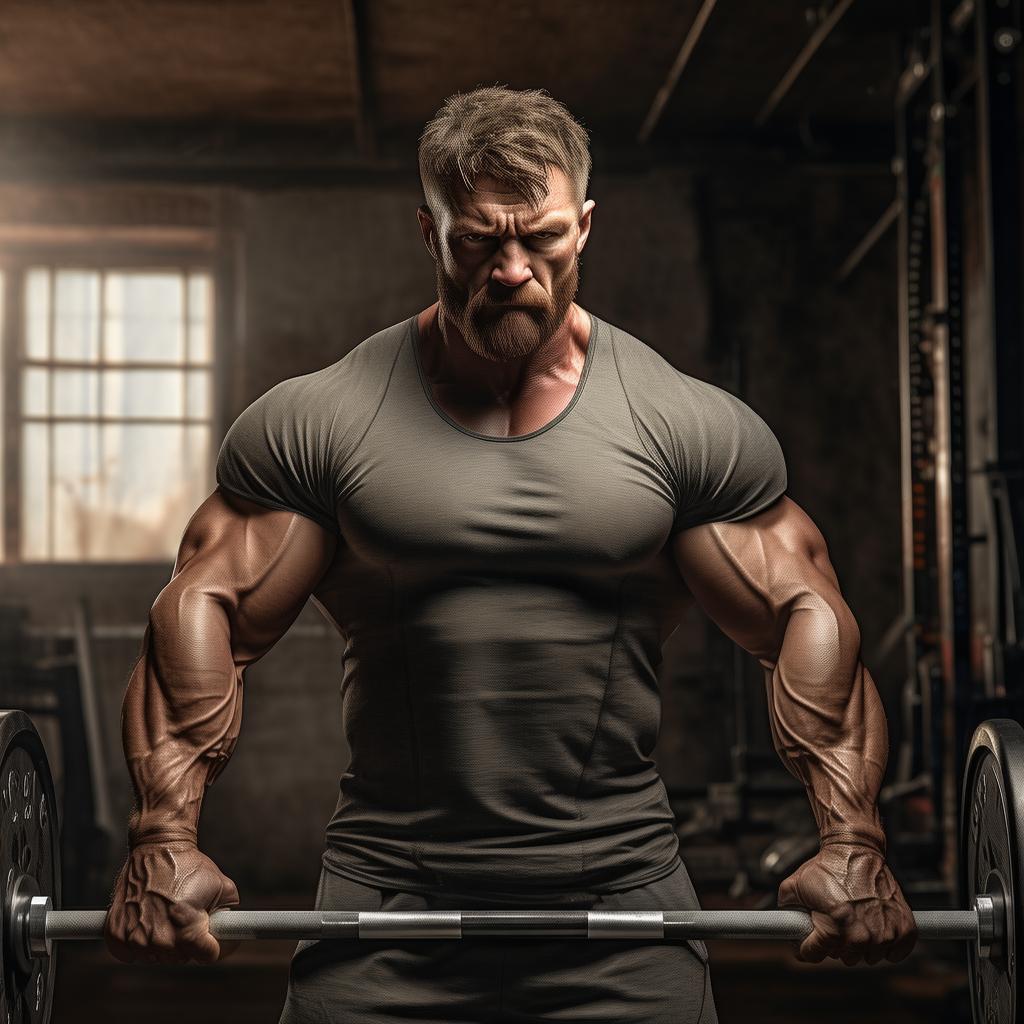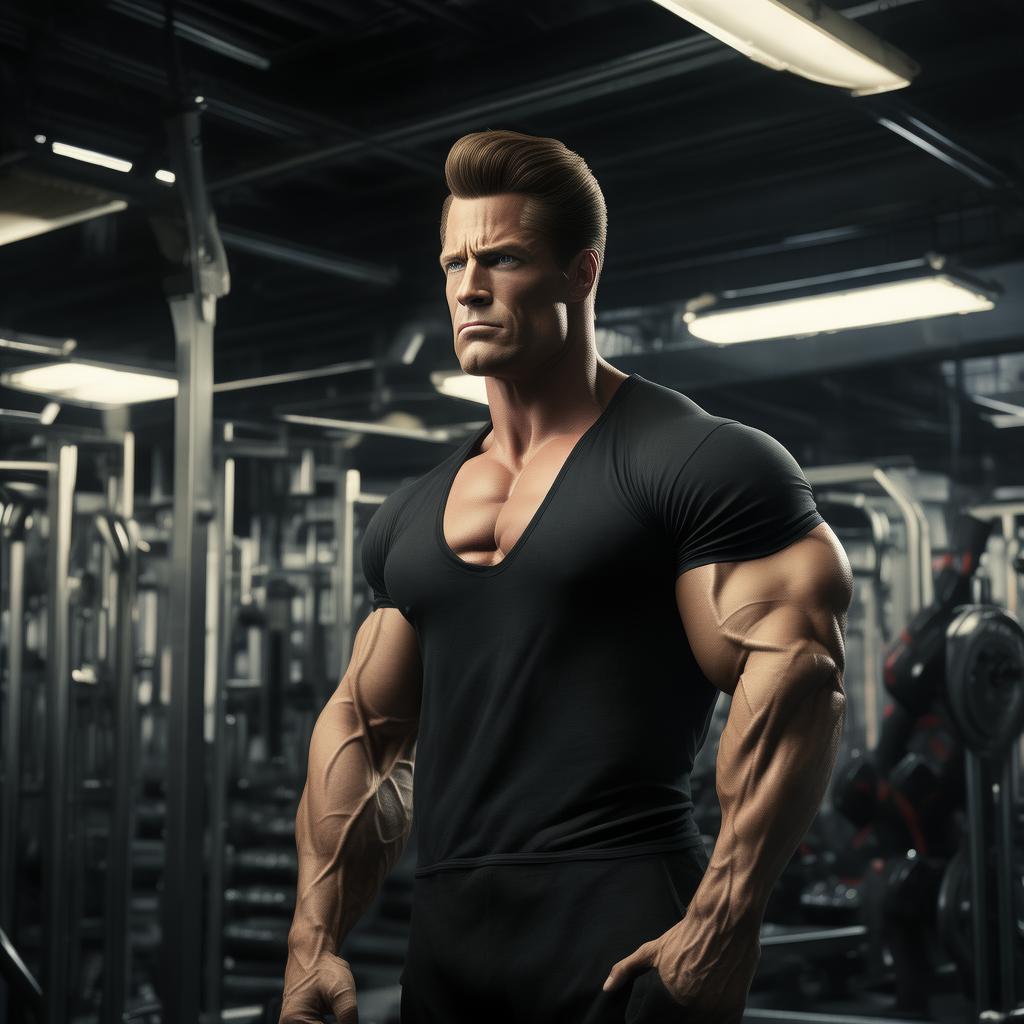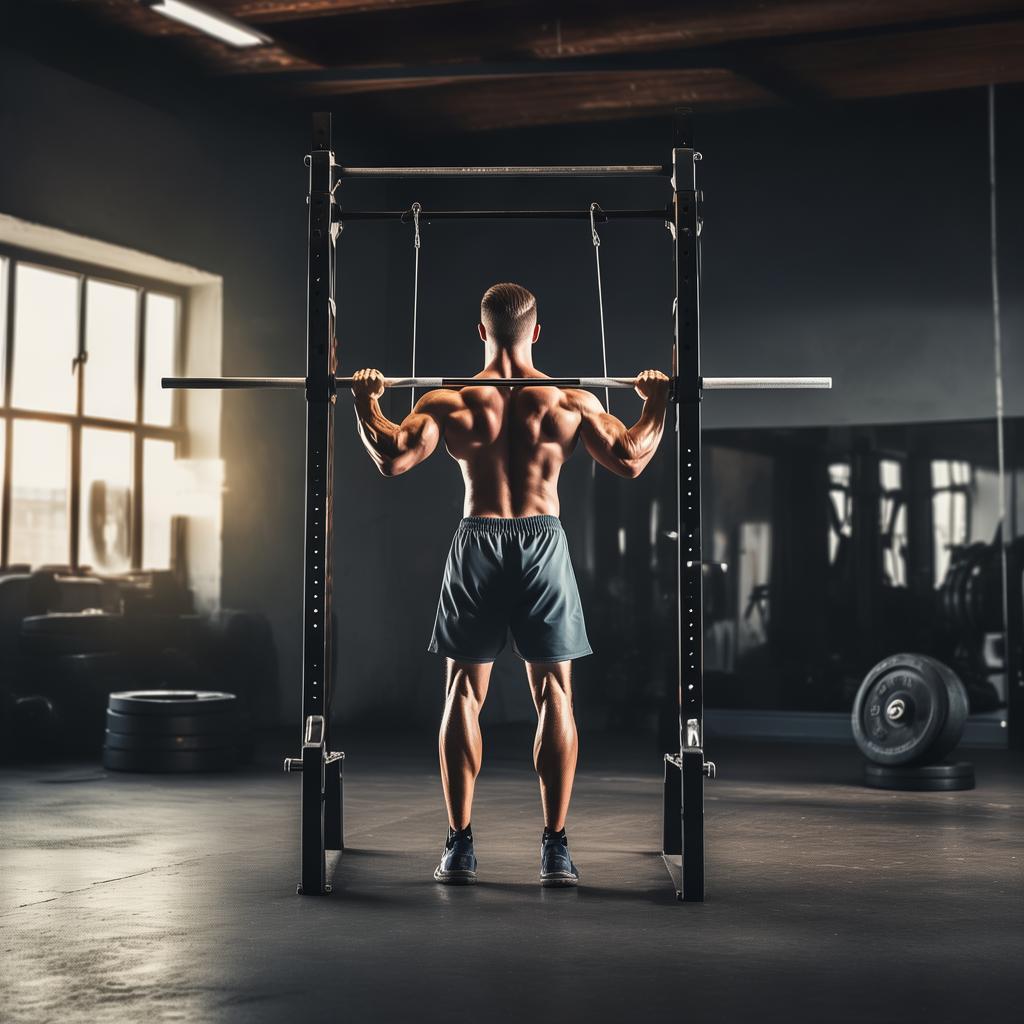Introduction
In today’s high – tech era, we frequently encounter muscular men on TV or our mobile screens. Their well – built bodies are truly eye – catching. If you’re drawn to their muscular physiques, the way to go is to engage in fitness and follow in the footsteps of these muscle idols. A closer look at their bodies reveals that besides being covered in muscles, a broad shoulder is a common feature. A broad shoulder not only makes a person look more imposing but also conveys a sense of responsibility and ability.
Understanding the Shoulder Muscles
Before starting our shoulder – building training, it’s crucial to have a certain understanding of our body structure. The deltoid is the most important muscle affecting the shoulders. As its name implies, it is in an inverted – triangle shape on our body. Developing this muscle can lead to an inverted – triangle figure, and for those with naturally narrow shoulders and bones, working on the deltoids can increase shoulder width. The deltoid is not a single muscle but consists of three parts: the middle deltoid, the anterior deltoid, and the posterior deltoid. The anterior bundle is more developed due to its frequent involvement in daily activities, while the middle and posterior bundles are relatively weaker. The middle deltoid accounts for the largest proportion of the entire deltoid and is the most decisive factor in shoulder width.
Pre – training Precautions
Once we have an understanding of the deltoids, we can create a targeted training plan. It’s important not to overestimate our abilities during planning and always start with basic, low – weight exercises to avoid injury. Before the official shoulder – shaping workout, warm – up exercises such as internal and external shoulder rotation are recommended. This will fully activate the deltoids before the formal training.
Four Effective Shoulder – shaping Moves
Movement 1: Standing Dumbbell Push – ups
The push – press directly stimulates the shoulder muscles with weight. However, this movement is relatively challenging. For those with a weak foundation, it’s advisable to use low weights or a seated position for training. Start by standing with feet apart to stabilize the body, straighten the back and contract the abdominals. Hold a dumbbell in each hand, raise them up, and bend the elbows so that the arms are parallel to the floor. Then, use the deltoids to drive the arms to push the dumbbells upwards. Pause when the arms are straight and then lower them slowly.
Movement 2: Dumbbell Side Planks
The side planks are a classic and effective exercise for the middle deltoid. It can be done in a standing position to enhance stability and strengthen the abdominal core, or in a seated position, which is simpler and provides a more isolated stimulus. Stand with feet slightly apart to stabilize the body, straighten the back and contract the abdominals. Hold the dumbbells in hands and let them drop naturally. Then, slightly bend the elbows and raise the deltoids up to shoulder level, and then lower slowly to the original position.
Movement 3: Dumbbell Dips Reverse Bird
Training the flyover in an attached form can create a stronger stimulation for the posterior deltoid bundle. It’s essential to control the movement amplitude, as excessive amplitude will involve more muscles and reduce the stimulation to the posterior deltoid bundle. First, secure the body to the bird bench, hold a dumbbell in each hand and let them drop naturally. Straighten the back and open the arms outward with the shoulders so that the dumbbells rise to the same height as the shoulders. Hold for a moment to fully feel the deltoids stretching, and then slowly lower the arms.
Movement 4: Fixed Reverse Bird
Similar to Movement 3, but without body swing. When practicing the bird fly, pay attention to the back of the shoulders as in the third movement and keep the waist stable for the dumbbell fixed fly.
By following these four simple moves and being consistent in your training, you can gradually achieve broader and more well – defined shoulders.





